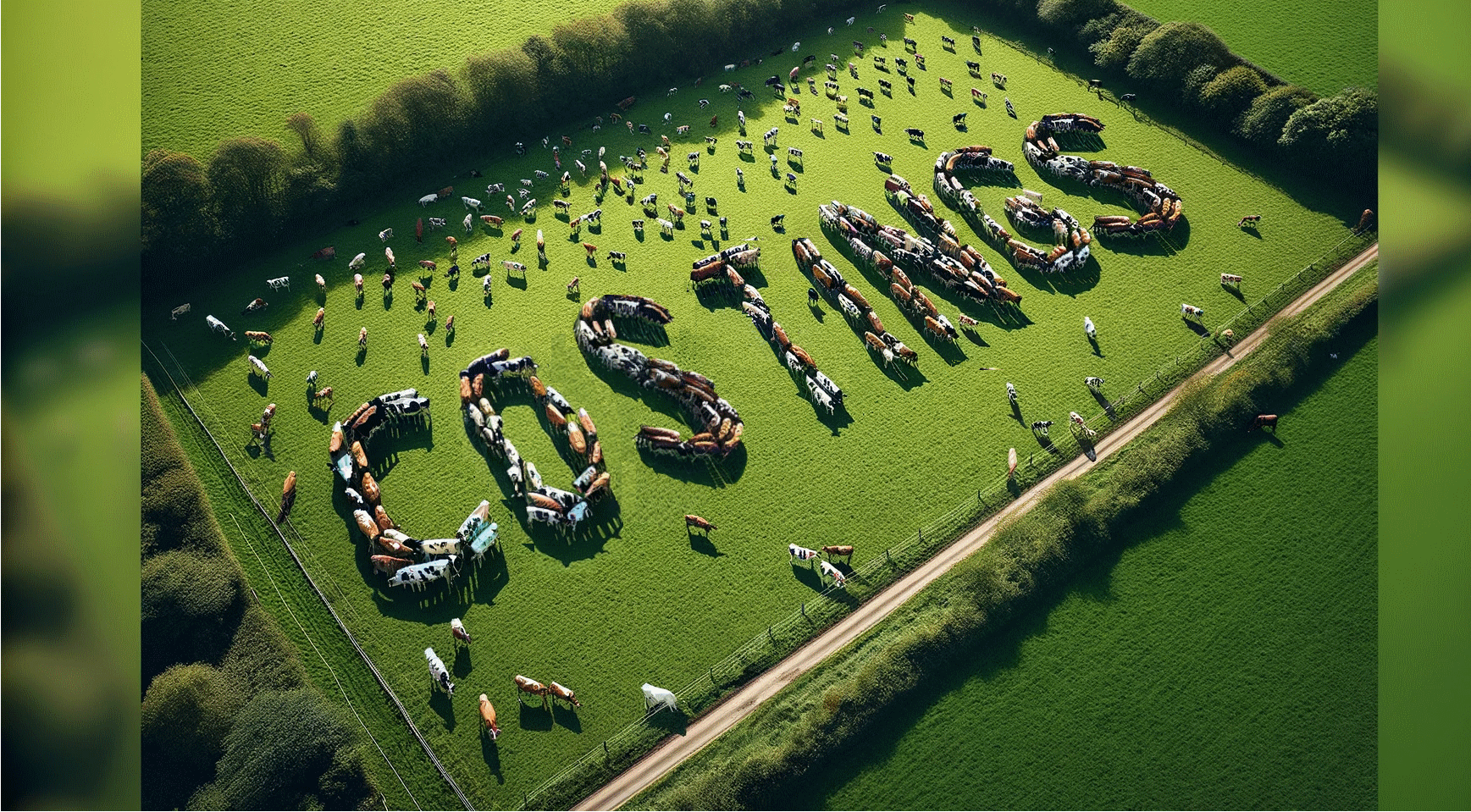
The latest Dairy Costings from Kingshay offer some key insights into recent dairy enterprise trends.
The first chart topping statistic is cow numbers. As can be seen in the chart below, both cows in herd and cows in milkhad hit a seven year peak.

What is interesting, is that this does not seem to have been caused by a shift in calving pattern.
The table below looks at the percentage of the annual total calvings recorded in each month.

The data looks pretty stable across the years and does not indicate a shift from this group of costed farms.
Yet, something is pushing up herd size and cows in milk…
Reconsiling the herd
Although not reported, we can calculate the net number of culls.
The chart below shows the results from the beginning of 2020.

Most recently, we can see some negative values.
These indicate that the number of stock purchased onto the holding are greater than the culls that left.
We don’t get a view of exactly why this is. It could be an effect of TB, or it could be buying-in in-milk cows & heifers from market or genuine dispersal sales from farms that have just had enough of low prices, high costs, volatility, uncertainty etc.
It may well be that some heavier culling will show on the dairy costings further down the line. Looking at the very latest national milk picture below, the latest drop-off may be down to cold weather, or it could be more in-milk culls being dried off ready for the lorry.

The AHDB cull data for all cows shows numbers of cows being presented as strengthening. Cull prices are still reasonable so it may encourage more, but possibly not enough to drop milk volumes significantly.
More to come…
Look out for Part 2 which will focus on milk, feed and margins. The results show that forage dry matter intakes are low and could be challenged harder.
